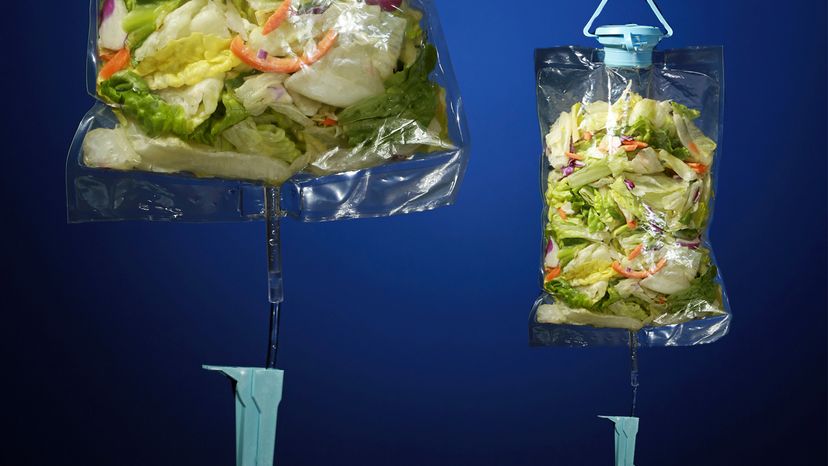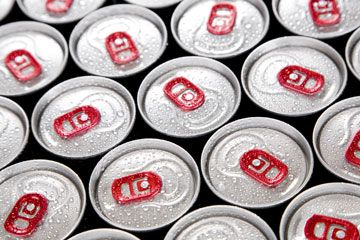
The wellness industry is, by all accounts, a booming business (to the tune of $4.2 trillion globally, as of 2017). One of the latest trends to hit the market features a surprising method: intravenous (IV) vitamin therapy. Yep, you heard that right: IV drips.
Anyone who has spent time in a hospital will be familiar with IV fluid drips, which are bags containing medication or a combination of fluids like saline, sugar, vitamins and electrolytes. These drips are used for a variety of medical reasons, but most commonly to treat dehydration, though, traditionally, children are more likely to receive IV drips for dehydration than adults. A trained health professional will insert a needle or IV line into the patient's vein to allow them to receive fluids from the bag via a catheter tube.
Advertisement
IV vitamin therapy was the creation of Dr. John Myers, whose "Myers' Cocktail" of vitamins and minerals left his regular patients better able to deal with chronic medical conditions. In a 2002 article in the journal Alternative Medicine Review, Dr. Alan R. Gaby wrote that he took over care of Myers' patients following the doctor's death. Gaby concocted a modified Myers Cocktail – a combination of magnesium, calcium, B vitamins and vitamin C – that he touted as having been effective in treating everything from migraines and seasonal allergies to more severe conditions such as fibromyalgia and heart disease.

